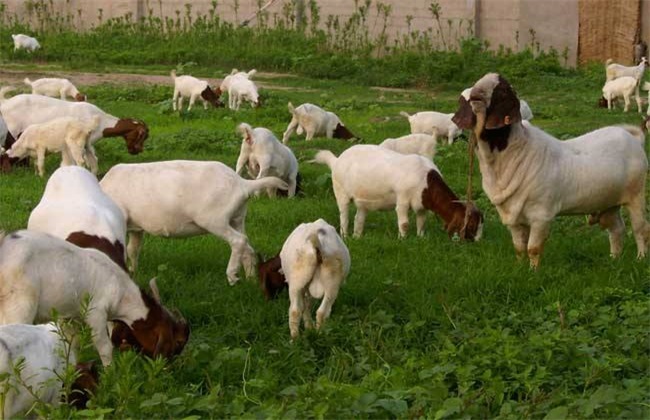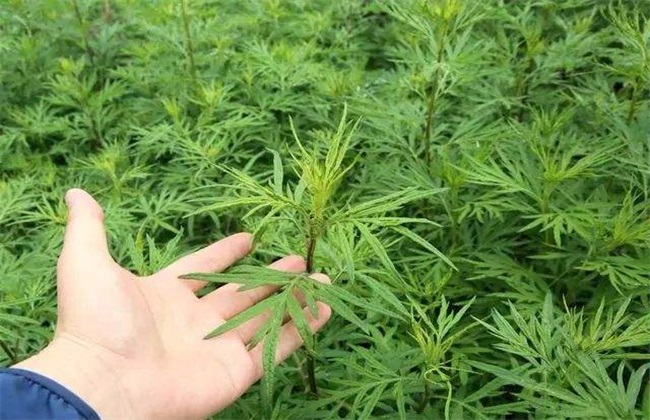What are the symptoms of tetanus in sheep? prevention and treatment of tetanus in sheep
Sheep is a popular meat product in China, in which not only meat, fur and milk have a big market. Now the breeding area of sheep in China is also very large, although it is not difficult to raise sheep, but in the breeding process is often plagued by some diseases. Tetanus is one of them, so what are the symptoms of tetanus in sheep? How to prevent and cure it? Let's take a look at it with the editor.

1. Symptoms
There are no particularly obvious symptoms of tetanus in sheep at the initial stage of the disease. Generally speaking, you can't get up after lying down, and you can't lie down when you stand. Then with the passage of time, the limbs of the sick sheep will become stiff and it will be very difficult to walk. Then it will affect the rigidity and contraction of the masseter muscle, so that the mouth of the sheep can not be opened too wide, not only spitting, but also diet will become very difficult. And in general, it will be accompanied by acute intestinal catarrh and other diseases, resulting in serious diarrhea in sick sheep.
2. Main points of diagnosis
The incubation period of tetanus in sheep is about 1-3 weeks, sometimes extended. After the onset of the disease, the limbs of the sheep gradually become stiff, and the head will lean back. In the early stage of the disease, the walking of sheep is abnormal, but it is not particularly obvious. When the disease aggravates, the sheep's teeth are closed, unable to eat, and there is a lot of mucus in the mouth. The back of the neck is tough and the abdomen is curled. If forced to walk, the sheep will not only be unable to walk, but also cause the sheep to fall suddenly. In severe cases, the body temperature rises rapidly, the pulse beats faster, and the mortality rate is very high.
3. Prevention and control methods
When breeding, disinfect the places where the sheep are infected and traumatized. Discharge pus and necrotic tissue, and then use hydrogen peroxide, potassium permanganate and other drugs for disinfection. After discovering the sick sheep, they should be transferred to a dark and quiet place for nursing in time to avoid any irritation that can lead to muscle spasm of the sheep. Feed to easy to swallow and digestible feed-based, and then pad the grass, next to the time to ensure that there is clear water, turn over the sheep about 5 times a day to prevent bedsores. Then urotropine, magnesium sulfate and procaine were used to treat poisoning, spasm and occlusion respectively.
4. Preventive measures
Tetanus is mainly based on prevention, we should timely injection of tetanus toxoid to prevent. Then when any wound occurs on the sheep, iodine should be used for disinfection, and then avoid dirt contact with the wound. After disinfection, we should also do a good job of antiseptic work to promote wound healing as soon as possible. In the young period, we should do a good job of anti-tetanus serum injection, strengthen prevention, and reduce the incidence of tetanus in sheep from the root.
The above is a brief introduction of sheep tetanus and the prevention and treatment of tetanus. That's all for today's introduction. This article is for reference only. I hope it can be helpful to everyone.
- Prev

What are the benefits of raising pigs with baking soda? The role of baking soda in raising pigs
What are the benefits of raising pigs with baking soda? The role of baking soda in raising pigs
- Next

18 Can chickens be raised? 18 Benefits of Chicken
18 Can chickens be raised? 18 Benefits of Chicken
Related
- On the eggshell is a badge full of pride. British Poultry Egg Market and Consumer observation
- British study: 72% of Britons are willing to buy native eggs raised by insects
- Guidelines for friendly egg production revised the increase of space in chicken sheds can not be forced to change feathers and lay eggs.
- Risk of delay in customs clearance Australia suspends lobster exports to China
- Pig semen-the Vector of virus Transmission (4)
- Pig semen-the Vector of virus Transmission (3)
- Five common causes of difficult control of classical swine fever in clinic and their countermeasures
- Foot-and-mouth disease is the most effective way to prevent it!
- PED is the number one killer of piglets and has to be guarded against in autumn and winter.
- What is "yellow fat pig"? Have you ever heard the pig collector talk about "yellow fat pig"?

